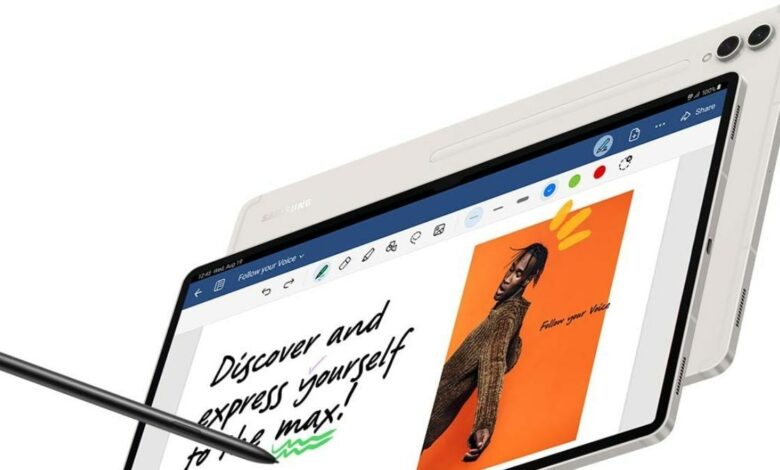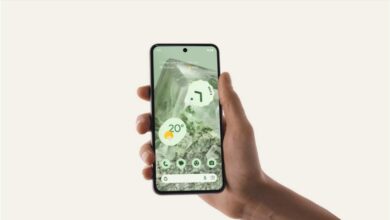Samsung may build a tablet with an ‘expandable’ screen

Samsung may be working on a new tablet with an expandable display. The South Korean tech giant has filed a patent application that shows a tablet case with a flexible display that can be expanded along the same plane. Interestingly, the display can be expanded in two different directions independently, giving users more control over the size of the screen. Samsung says that such a display solves the problem of consumers having to choose between a smaller screen and a larger one.
Samsung patent application describes expandable screen
The patent application was listed on the website of the World Intellectual Property Organization (WIPO), which is affiliated with the United Nations (UN). The applicant’s name was listed as Samsung Electronics and the publication number is WO/2024/150990. The patent application includes a series of drawings explaining the mechanism of the tablet’s fold-out screen, and descriptions for each of the drawings.
![]()
Drawings from Samsung’s patent application
Photo Credit: WIPO
According to the application, Samsung’s flexible expandable display technology aims to address the limitations of a foldable smartphone. The company says that while foldable phones allow users to halve the size of the device, “users cannot feel free to choose the screen size based on their preferences” as it only offers two modes of single screen (folded) and dual screen (unfolded).
In the patent, the company offers a solution in terms of a new design that includes a tablet-shaped housing that is able to expand and shrink in size along the same plane. A flexible display is used for the expansion and the movement is activated by a guide unit and a drive unit.
According to the drawings, a diagonal mechanism is placed inside the device that can extend the screen in both directions. Samsung says that the extension can either be done in both directions simultaneously, or in one direction, giving users more control over the size of the screen.
The drive unit is described as a gear system with 10 gears on the base housing, 10 on the first side housing, five on the second side housing, six on the third side, and seven on the fourth side. These gears move together and control the expansion of the screen. The guiding unit is, according to the patent application, “configured to synchronously receive the extra flexible screen” as the housing shrinks, or to release it as the housing expands.
While such a device would offer a new form factor to consumers, it should be noted that a patent application is not a confirmation of a device’s development. Samsung may or may not introduce the design to the public in the coming years, even after the patent is granted.




